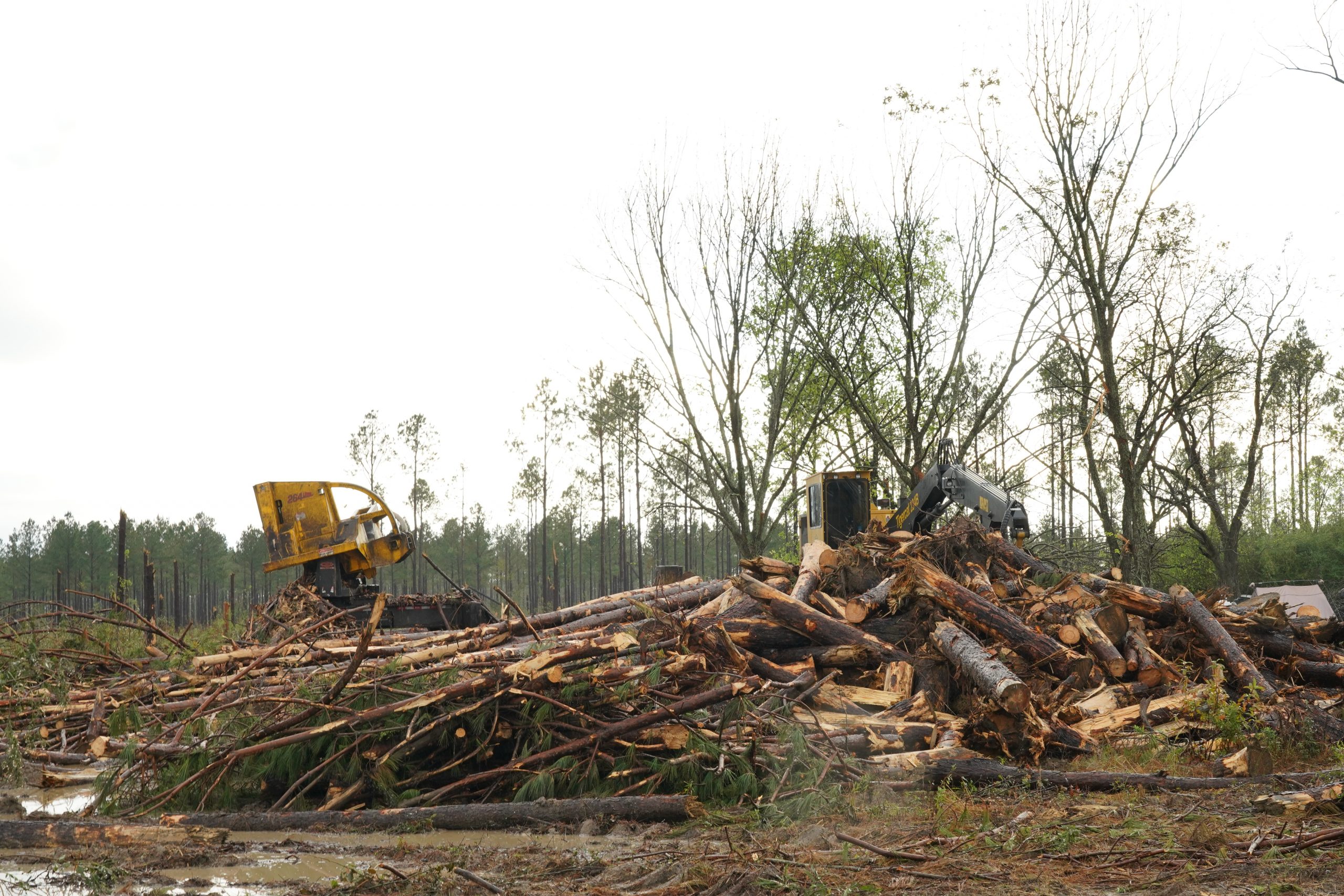The second sign-up period for the Hurricane Michael Timber Tax Credit through the Georgia Department of Revenue will remain open until December 31, 2019. Landowners who applied and were pre-approved in the first round need not re-apply. The tax credit applies to landowners with timber damage from Hurricane Michael within the 28-county* state-declared disaster area who plan to replant or restore acreage for the production of forest products or ecological services. The tax credit, which is refundable or transferable, is designed to assist in offsetting up to $400 per acre of timber fair market value losses.
Applications for the Hurricane Michael Georgia Timber Tax Credit are being taken online by the Georgia Department of Revenue (DOR) at https://dor.georgia.gov/documents/timber-tax-credit.
“There are specific requirements for landowners who are seeking this form of assistance,” said Georgia Forestry Commission Forest Management Chief Scott Griffin. “One of the biggest pieces of information needed is the fair market value of timber, before and after the storm. A qualified professional, such as a registered consulting forester, can make this determination. Landowners can also call on their local GFC forester for other assistance as they work through the process,” Griffin said.

The program doesn’t affect participation in state or federal cost share programs, such as the Forest Debris Management Program or the Emergency Forest Restoration Program. After the application period, the DOR will notify landowners of their pre-approval status, and the credits can be claimed after the replanting and/or restoration occur.
“Replanting the required portion of their land will allow participants to claim their credits,” said Griffin. “And new language added by the state legislature allows landowners another option to claim credits through the restoration of each acre.”
Restoration could include practices such as debris management, timber thinning, prescribed burning, preparation for natural regeneration and other activities that mitigate the timber damage. The options to replant and/or restore are available to those who applied during the first round and no modification to the original application is needed. Landowners have until the end of 2025 to complete the replanting and/or restoration and claim the credits.
Go to the Storm Damage Resources page of the GFC website to see the Replanting & Restoration Guidelines, Frequently Asked Questions Document and other helpful information concerning the timber tax credit.
*The 28-county disaster area includes: Baker, Bleckley, Brooks, Calhoun, Clay, Colquitt, Crisp, Decatur, Dodge, Dooly, Dougherty, Early, Grady, Laurens, Lee, Lowndes, Miller, Mitchell, Pulaski, Randolph, Seminole, Sumter, Terrell, Thomas, Tift, Turner, Wilcox, and Worth.
Timber Tax Credit Frequently Asked Questions
The University of Georgia and the Georgia Forestry Commission have compiled and published a list of frequently asked questions to explain who is eligible for this tax credit, how the general procedure works, how the credit is calculated, how to claim and use the credit, and implications on federal income taxes.

